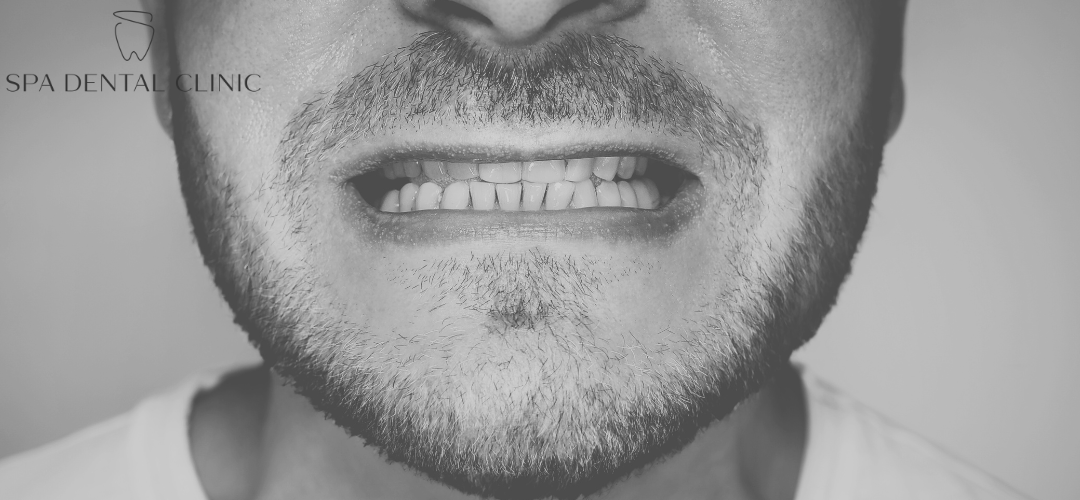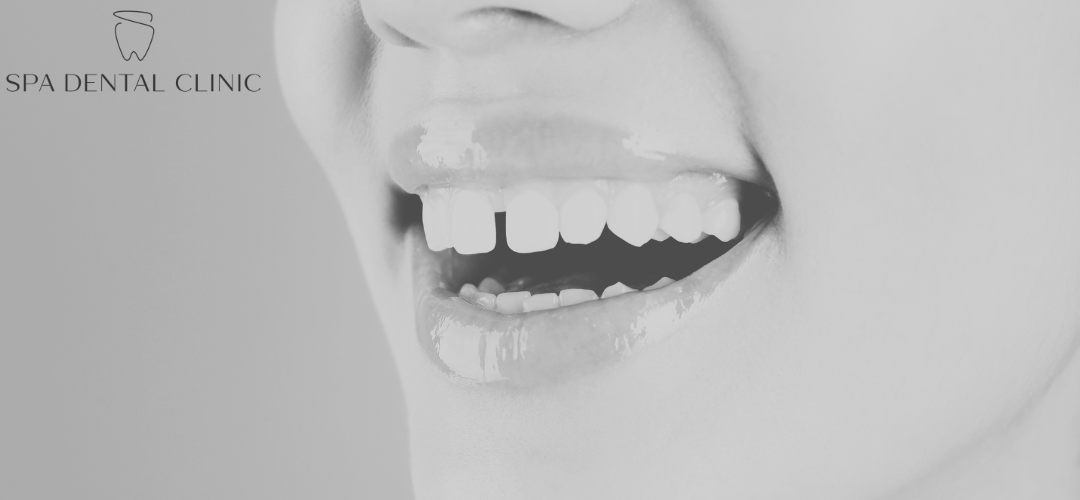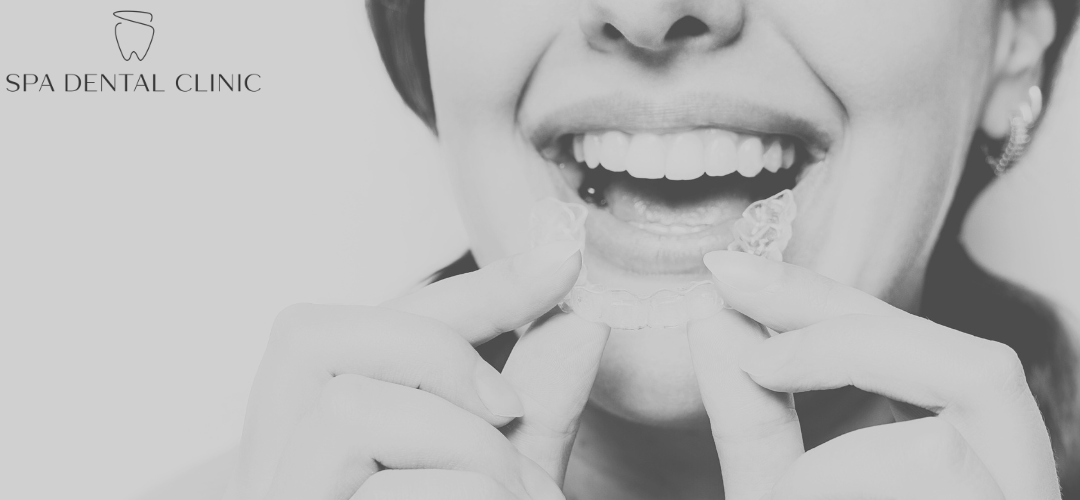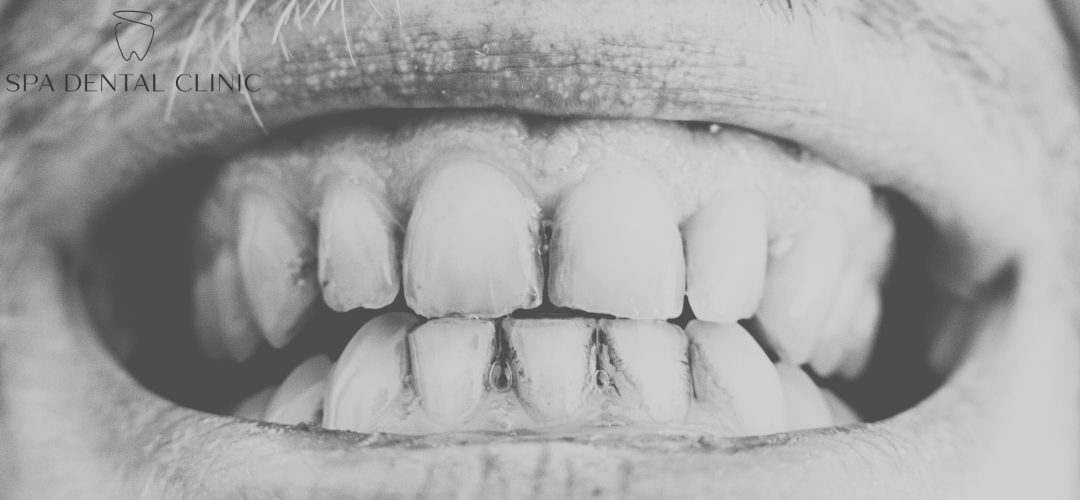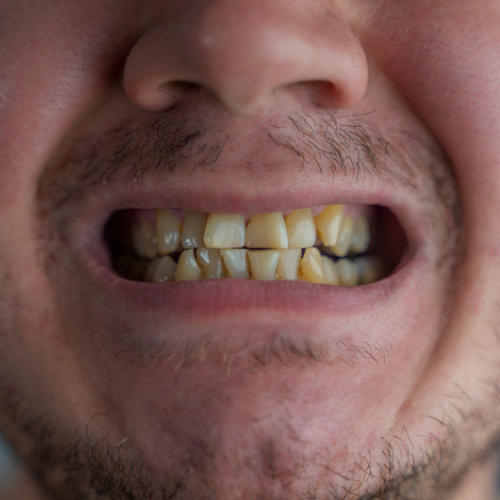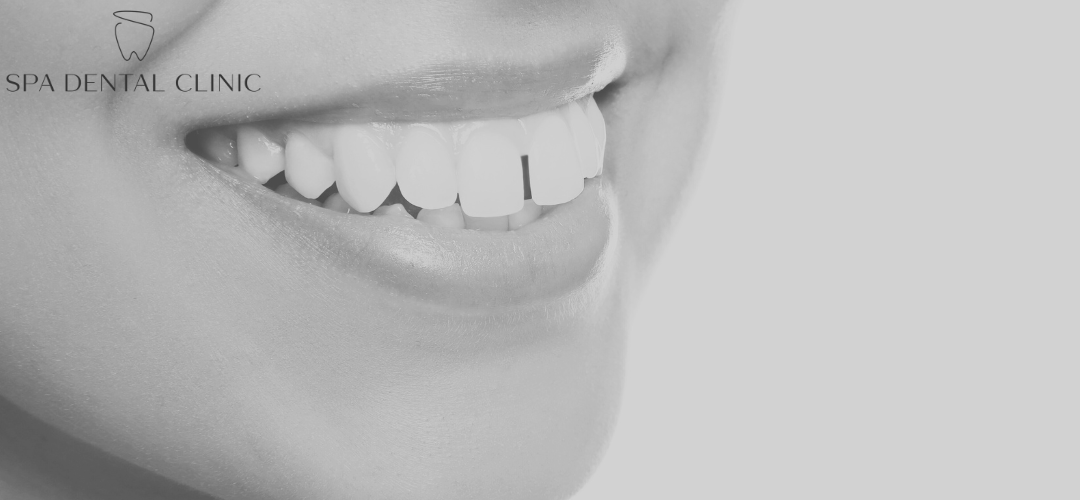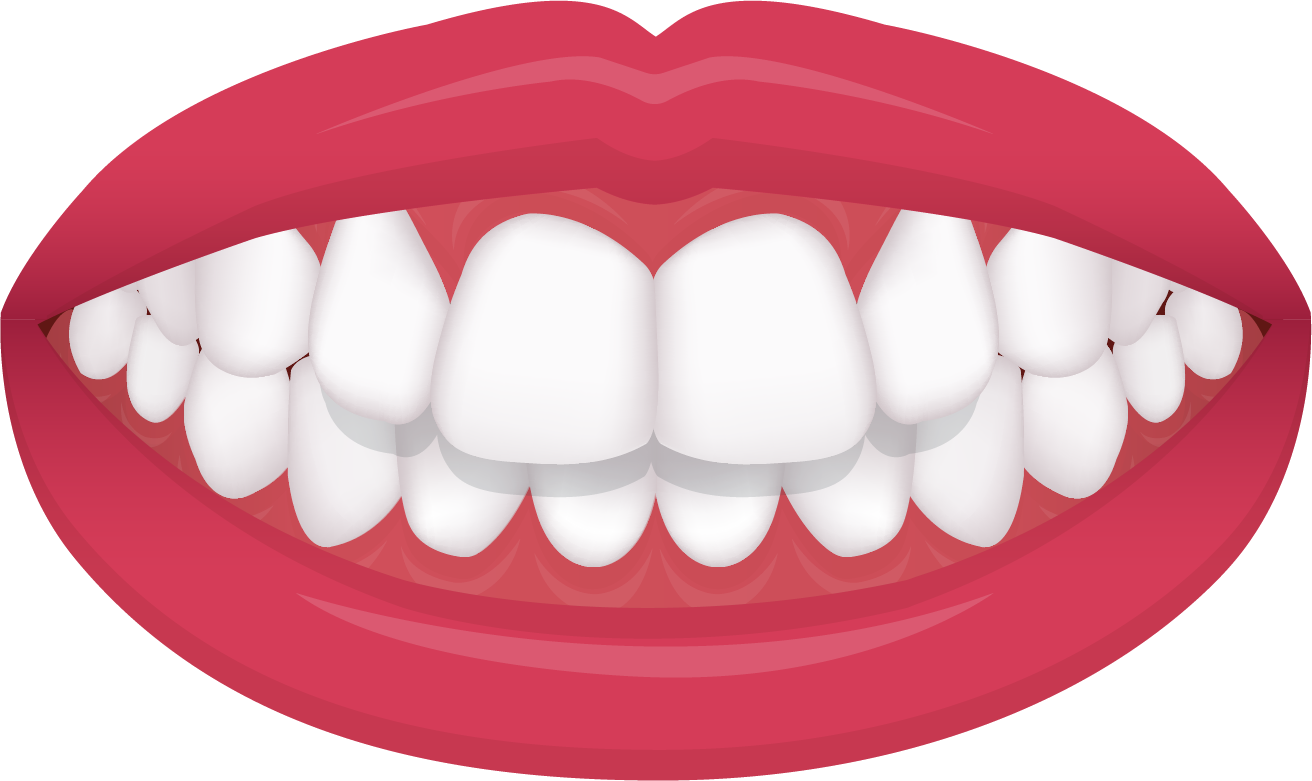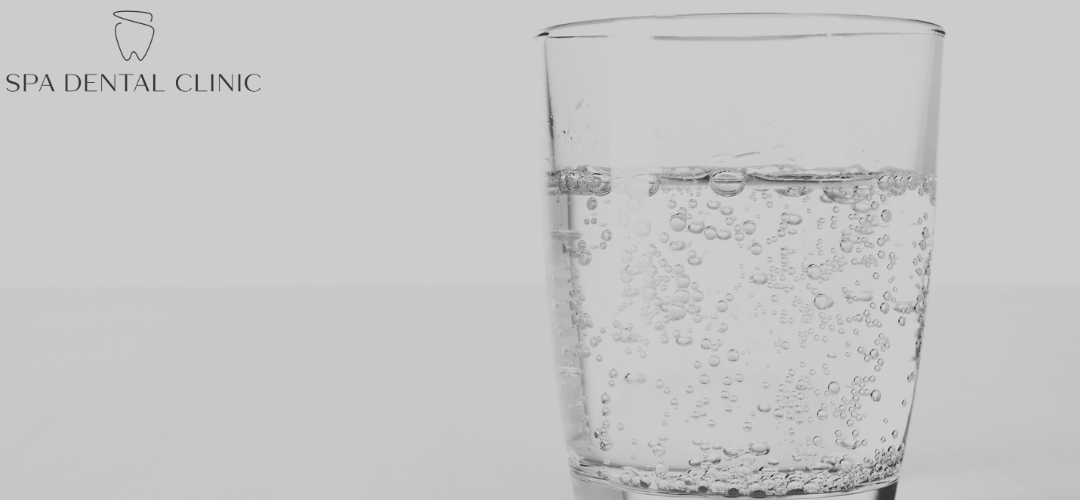Interdental Cleaning – Hygienist Guide
Interdental cleaning A friendly, expert guide from Spa Dental Clinic
Most people brush their teeth every day, but very few clean between them properly — and this is where most dental problems begin. Interdental cleaning is one of the simplest habits that can transform your oral health, yet it’s often misunderstood or overlooked. At Spa Dental Clinic, we see every week how small changes to cleaning routines help our patients avoid gum disease, cavities, and costly dental treatments later on.
If you’ve ever wondered why your dentist keeps reminding you to floss, how to clean between your teeth safely, or which products actually work, this guide brings everything together. You’ll also find direct links to our services, including the Dental Hygienist at Spa Dental Clinic and full list of dental treatments, so you can get tailored support whenever you need it.
What is interdental cleaning?
Interdental cleaning refers to removing plaque and trapped food from the spaces between teeth — areas a normal toothbrush cannot reach. Even the best brushing technique only cleans about 60% of the tooth surface. The remaining 40% sits in the narrow gaps where bacteria thrive.
Without removing this plaque, it hardens into tartar and leads to:
– gum disease
– cavities between teeth
– bad breath
– staining
– inflammation
– early bone loss around teeth
Interdental cleaning prevents these issues by keeping the mouth fully clean, not just the visible surfaces.
If you’re unsure whether your current routine is enough, book a visit at Spa Dental Clinic. Our clinicians will check the health of your gums and recommend the right tools for your mouth.
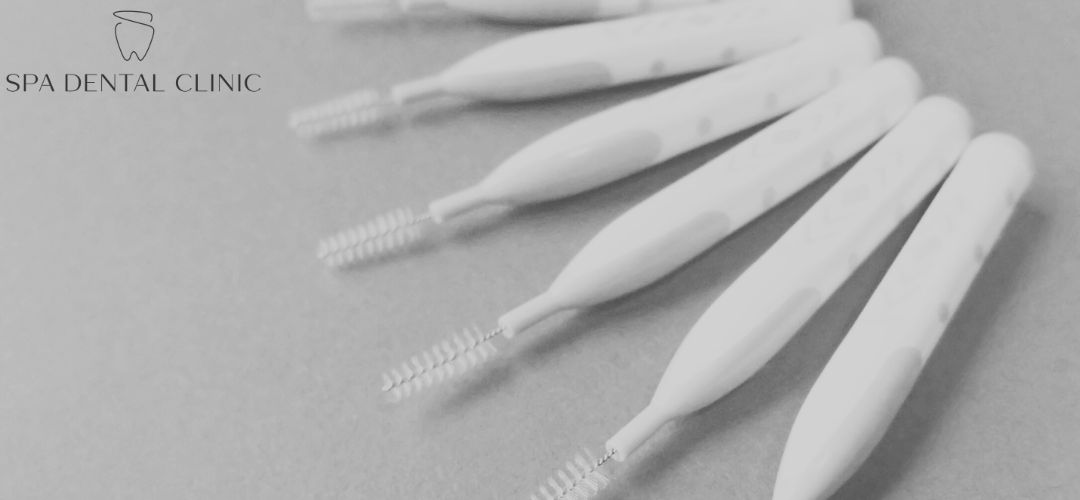
Why is interdental cleaning so important?
We see many patients who brush well but still experience bleeding gums, sensitivity or decay between teeth. This is because plaque is soft, sticky and easy to miss — especially between tight contact points.
Here’s why interdental cleaning matters:
1. It prevents gum disease
Gum disease is extremely common, but also very preventable. Early signs include redness, swelling, tenderness and bleeding. Plaque between teeth is the main cause, and daily interdental cleaning removes it before it becomes a problem.
Our dental hygienist at Spa Dental Clinic can professionally remove any hardened plaque and teach you how to maintain your gums at home.
2. It reduces the risk of tooth decay
Most cavities between adult teeth start between the teeth themselves. These areas trap plaque, especially if teeth are slightly crowded.
Interdental cleaning keeps these high-risk spots clean and protected.
3. It improves your breath
Persistent bad breath is often caused by bacteria and food debris stuck between teeth. Cleaning these spaces daily leads to noticeably fresher breath.
4. It helps avoid expensive treatment later
Good oral hygiene reduces the chance of needing fillings, root canals, deep cleans or tooth extractions. Interdental cleaning is one of the cheapest, easiest ways to maintain long-term oral health.
For more support, you can explore our full range of services here:
Types of interdental cleaning tools
There is no “one-size-fits-all”. Different tools work better for different mouths. At Spa Dental Clinic, we often combine several techniques depending on the patient’s gum health, spacing, and dexterity.
Below are the most effective options, with simple explanations.
1. Interdental brushes
These small, bristled brushes come in various sizes and slide between the teeth to clean the sides of each tooth. They are ideal for:
– larger spaces
– mild gum recession
– patients who struggle with floss
Interdental brushes are often easier and more effective than flossing. Your hygienist will measure the gaps and recommend the correct size — using the wrong size is a common mistake.
2. Dental floss
Floss is the classic tool for interdental cleaning and works best for tight contact points where brushes can’t fit.
Use a gentle sawing motion to guide the floss between the teeth, curve it around each tooth, and clean under the gumline.
3. Water flossers (oral irrigators)
Water flossers use a stream of water to remove plaque and loosen debris. They are a good option for:
– patients with braces
– those with implants or bridges
– people who find floss tricky
– anyone prone to food getting stuck
However, water flossers do not replace interdental brushes or floss — they supplement them. Mechanical contact is still needed for a complete clean.
4. Wooden or rubber sticks
These can be helpful for quick cleaning on the go, especially after meals. They are not as thorough as brushes but still useful as part of a routine.
How to perform interdental cleaning properly
Even a good tool won’t work unless used correctly. Here’s a simple step-by-step method that works for most patients.
Step 1: Choose the right tool
Your dentist or hygienist at Spa Dental Clinic will recommend the right brush size or floss type.
Book a hygiene appointment here if you’re unsure:
👉 Dental Hygienist Spa Dental Clinic
Step 2: Clean between every tooth once a day
Whether morning or evening, consistency matters more than exact timing.
Step 3: Be gentle
Avoid forcing tools, especially into tight spaces. If something feels painful, you may be using the wrong size.
Step 4: Follow the gumline
Clean each side of the tooth, not just in-and-out motion.
Step 5: Expect mild bleeding at first
Bleeding is very common if the gums are inflamed. With daily interdental cleaning, this usually stops within a week.
If bleeding is heavy or persists, book a check-up at Spa Dental Clinic.
Common mistakes people make
As dentists, we see certain patterns over and over again. Avoiding these mistakes can make a significant difference.
Mistake 1: Only brushing
Brushing alone is not enough — it only covers about 60% of tooth surfaces.
Mistake 2: Using the wrong size brush
Interdental brushes must fit comfortably but snugly. Too small = ineffective. Too large = uncomfortable.
Mistake 3: Not cleaning under the gumline
Most plaque sits just below the gumline — an area many people accidentally skip.
Mistake 4: Cleaning only when gums feel sore
Interdental cleaning should be daily, not occasional.
Mistake 5: Giving up because gums bleed
Bleeding is a sign the gums need attention, not a sign to stop.
How interdental cleaning supports long-term dental health
By cleaning between your teeth daily, you can expect:
– healthier gums
– fewer dental appointments
– fresher breath
– lower risk of gum disease
– reduced cavity risk
– better overall health (since gum disease links with heart and diabetes risks)
Our clinicians focus heavily on prevention, and interdental cleaning is one of the strongest preventive tools available.
Explore more preventive services here:
Why patients trust Spa Dental Clinic
1. Our dentists and hygienists support hundreds of patients each year with tailored oral hygiene plans based on their unique gum health and tooth spacing.
2. We use clinically proven methods and tools in practice, and we teach the same evidence-based cleaning techniques during hygiene appointments.
3. Our guidance aligns with NHS, GDC, and dental hygiene best practices. We offer a full range of preventive and treatment options in-house.
4. Clear explanations, no pressured decisions, and personalised care are central to how we work. Patients value how honestly we discuss what will genuinely help them most.
Read more about how we treat bite issues such as underbite vs overbite or explore our full blog for expert insights.
How much does it cost to straighten teeth without braces?
The cost of how to straighten teeth without braces varies depending on your treatment choice and case complexity. Invisalign tends to start from around the same cost as fixed braces, but exact pricing is given after your assessment.
At Spa Dental Clinic, we’ll provide a clear written plan before you begin, including all visits, retainers, and aftercare. There are no hidden extras — just straightforward, transparent fees.
Final thoughts
Interdental cleaning is one of the easiest ways to maintain healthy gums, protect your teeth, and avoid unnecessary dental treatment. Whether you prefer brushes, floss or water flossers, the key is to clean between your teeth every day.
If you’d like tailored advice or help choosing the right tools, our team at
is here to support you. You can also book a dedicated visit with our
👉 Dental Hygienist in Spa Dental Clinic,
where we demonstrate techniques and create a personalised hygiene plan.
Healthy gums start with daily habits — and interdental cleaning is one of the most powerful ones you can adopt.

